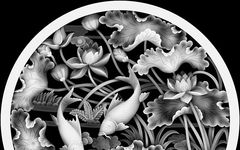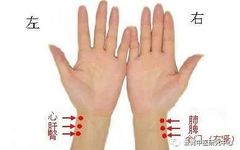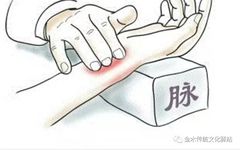The Floating and Sinking Pulses: Clinical Significance
Experiencing wind-cold results in a floating pulse indicative of an exterior syndrome. If a floating pulse suddenly appears after a prolonged illness, it often signifies the symptoms of vacuous yang escaping. This is often accompanied by profuse sweating like oil, dyspnea resembling that of a cow, and a flushed face akin to makeup, resembling a … Read more







